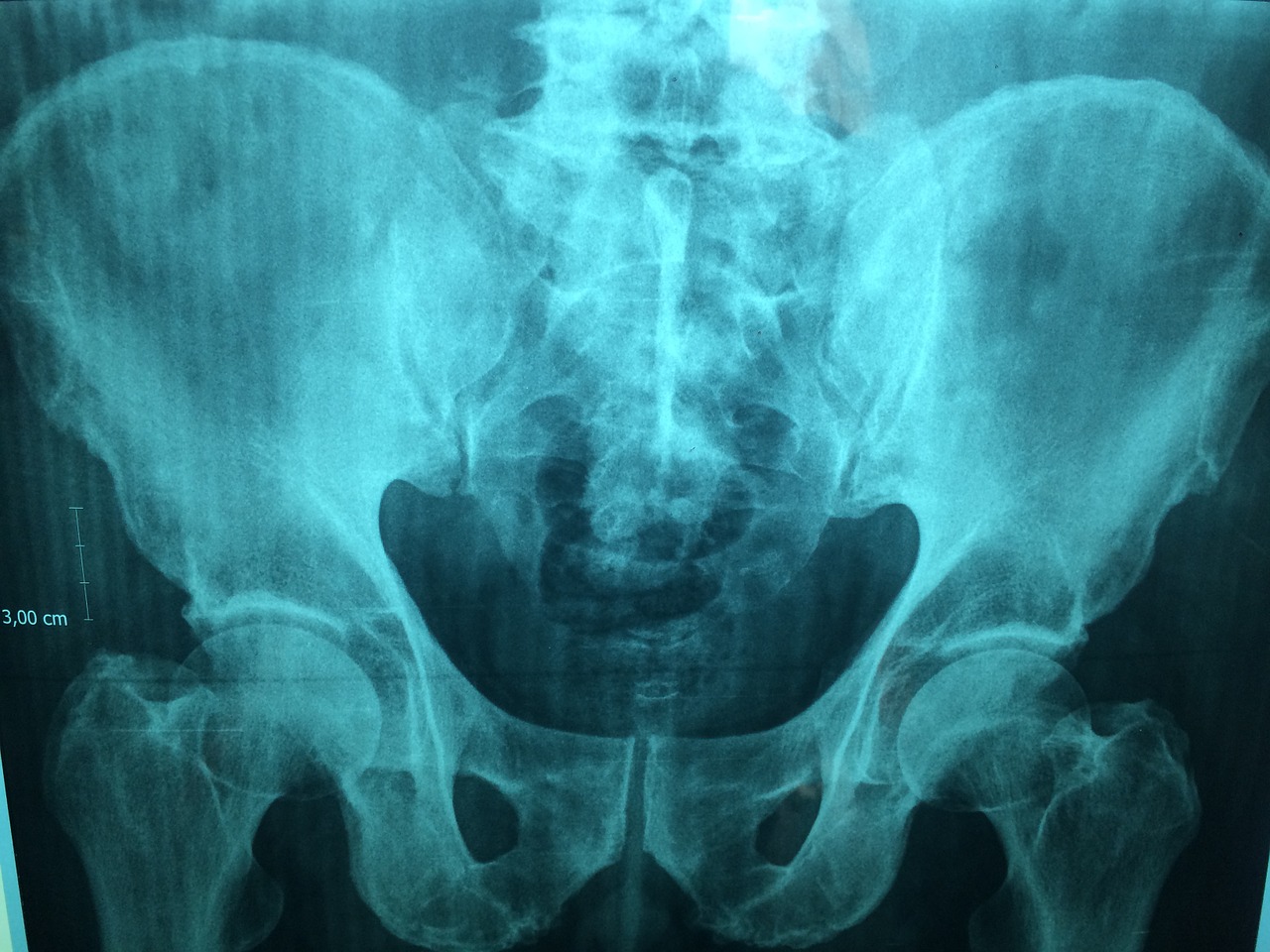Scientists have developed a new device that can see through the human body and take images by detecting individual photons inside the body.
The camera was created to help doctors track medical tools, called endoscopes, during internal examinations, the BBC reports. Medical professionals have had to rely on scans such as X-rays to trace the progress of their procedures. This camera works by identifying light sources within the body, like the illuminated tip of the endoscope’s long flexible tube.
Kev Dhaliwal, of the University of Edinburgh, said, “It has immense potential for diverse applications, such as the one described in this work. The ability to see a device’s location is crucial for many applications in healthcare, as we move forwards with minimally invasive approaches to treating disease.”
Tests have shown that the prototype camera can track a point light source up to 20cm of tissue in normal conditions. Light from an endoscope can pass through the body, but the beams usually scatter or bounce off instead of travelling in a straight line. This new camera detects photons and is so sensitive that it can catch tiny traces of light, and can record the time taken for light to go through the body. This means the device is able to tell where the endoscope is. Scientists have created the camera so it can be used at the patient’s bedside.
The project is part of the Proteus Interdisciplinary Research Collaboration, led by the University of Edinburgh and Heriot-Watt University, which is coming up with new technologies to diagnose and treat lung diseases.
Michael Tanner, of Heriot-Watt University, said, “My favourite element of this work was the ability to work with clinicians to understand a practical healthcare challenge, then tailor advanced technologies and principles that would not normally make it out of a physics lab to solve real problems.” He added, “I hope we can continue this interdisciplinary approach to make a real difference in healthcare technology.”
























